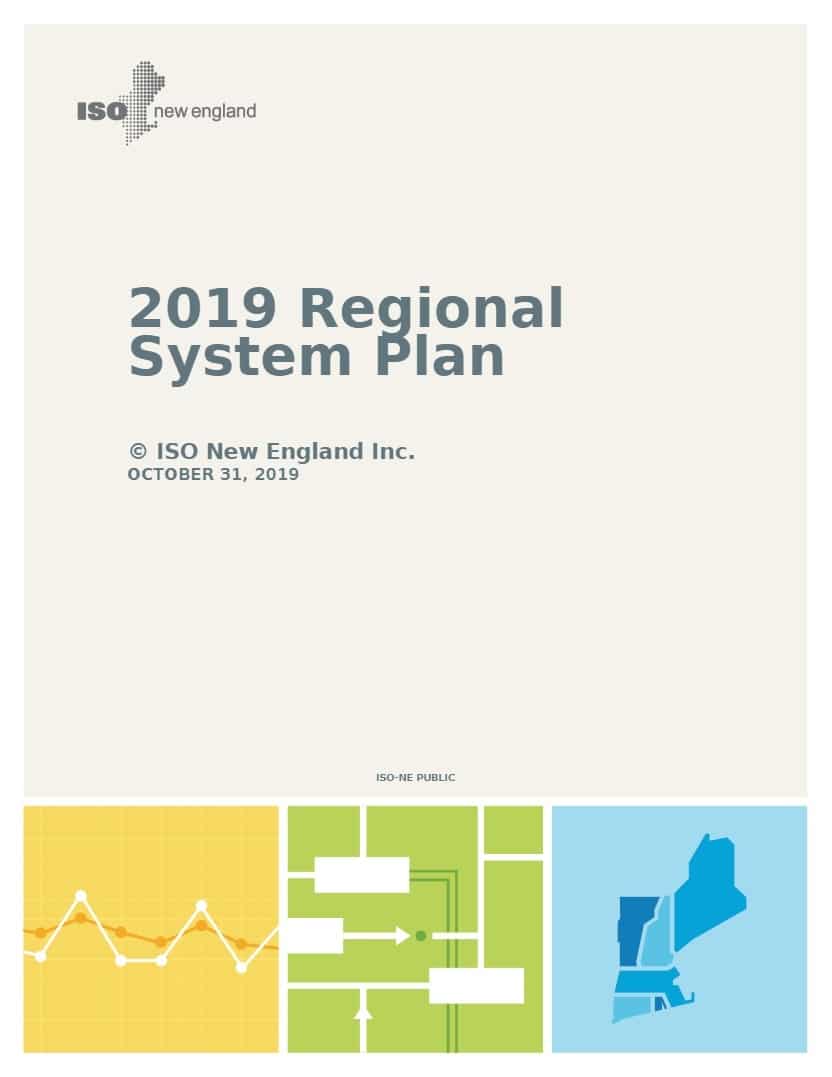ISO New England Leans on $1.3 Billion Transmission Upgrades to Tackle Growing Energy Constraints

ISO New England has issued its 10-year power system strategy for the region laying the foundation for long-term power system planning in New England, according to an Oct. 31 filing. The report details power system needs through 2028, and how these can be addressed, discussing three key issues currently affecting the New England grid, namely energy security, transmission development, and grid transformation.
The grid operator acknowledged that the region is currently energy-constrained, which remains the largest risk to power system reliability. Variable energy resources and natural gas generators, with infrastructure and operational limitations on their energy production, are replacing nuclear, coal, and oil resources, which are retiring at an accelerated pace. With its existing infrastructure, New England has at times been challenged to meet electricity demands, particularly in winter. Given the shift in the resource mix, these challenges are likely to extend to all seasons longer term, the grid operator admits. More than 5,400 megawatts of generation and demand-response capacity have either retired since 2018 or will retire through 2022/2023. Although new incremental natural gas generation is being added, the pipelines continue to have limited availability for electric power generators without firm gas contracts, jeopardizing the ability of these new gas resources to assist with growing demand.
To tackle energy security risks, the ISO is looking to boost the development of renewable resources, energy efficiency, energy storage, and imports and the continued investment in gas-efficiency measures. The performance of the system is also expected to continue to improve as a result of approximately $1.3 billion of planned transmission upgrades over the next 10 years, much of which is in siting or under construction.
As for forecasts, the 10-year demand prediction shows total net annual use of electric energy declining by 0.4 percent per year, with the summer peak also declining 0.4 percent annually by 2028 under normal weather conditions. Without solar photovoltaic and energy efficiency, the baseline forecast shows that annual energy consumption would grow by 1.1 percent annually, and the summer peak demand would grow by 0.7 percent.
In February 2019, the ISO conducted the 13th Forward Capacity Market auction where 34,839 megawatts of capacity was procured for the 2022/2023 commitment period, which was approximately 1,089 megawatts above the net installed capacity requirement of 33,750 megawatts.
EnerKnol Pulses like this one are powered by the EnerKnol Platform—the first comprehensive database for real-time energy policy tracking. Sign up for a free trial below for access to key regulatory data and deep industry insights across the energy spectrum.
ACCESS FREE TRIAL